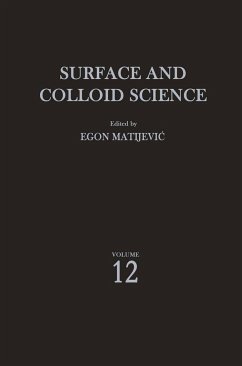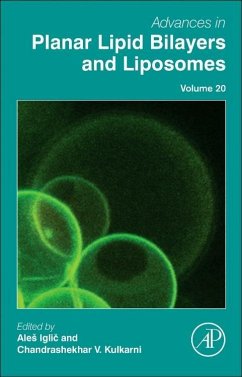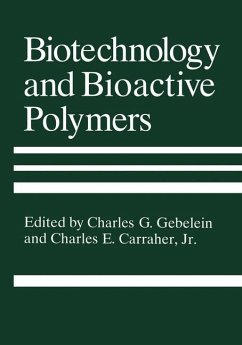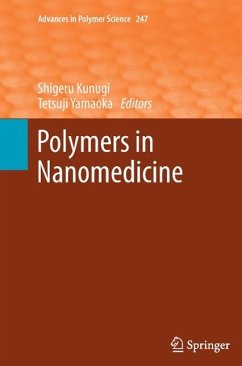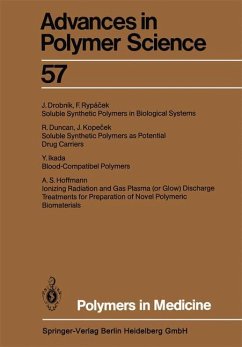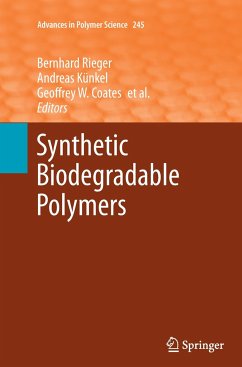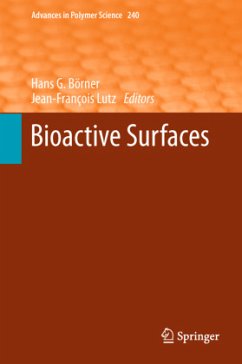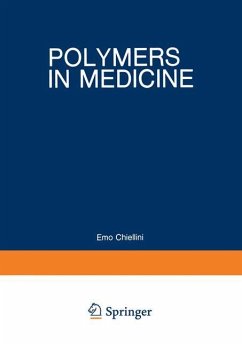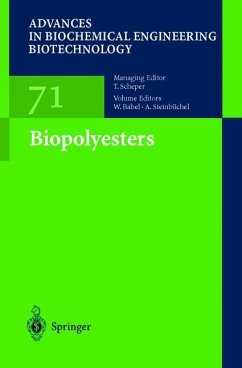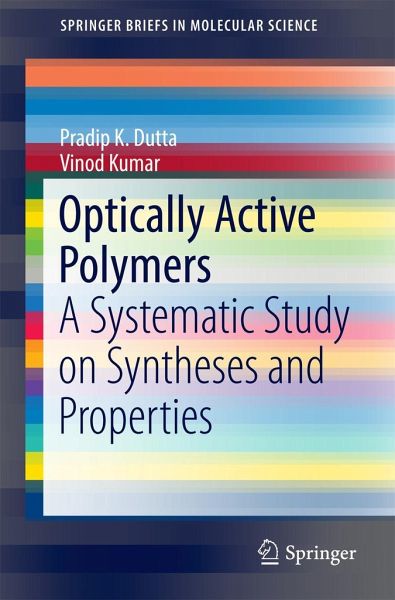
Optically Active Polymers
A Systematic Study on Syntheses and Properties

PAYBACK Punkte
19 °P sammeln!
This book presents a systematic study of the synthesis of optically active polymers, discussing in detail the syntheses of three different types of optically active polymers from helical polymers, dendronized polymers and other types of polymeric compounds. It also explains the syntheses of optically active azoaromatic and carbazole-containing azoaromatic polymers and copolymers; optically active benzodithiophene; and optically active porphyrin derivatives. The final chapter discusses different properties of optically active polymers such as nonlinear optical properties, chiroptical properties...
This book presents a systematic study of the synthesis of optically active polymers, discussing in detail the syntheses of three different types of optically active polymers from helical polymers, dendronized polymers and other types of polymeric compounds. It also explains the syntheses of optically active azoaromatic and carbazole-containing azoaromatic polymers and copolymers; optically active benzodithiophene; and optically active porphyrin derivatives. The final chapter discusses different properties of optically active polymers such as nonlinear optical properties, chiroptical properties, vapochromic behaviour, absorption and emission properties, fabrication and photochromic properties. The intrinsic details of various properties of optically active polymers will offer a valuable resource for researchers and industry personnel actively engaged in application-oriented investigations.



